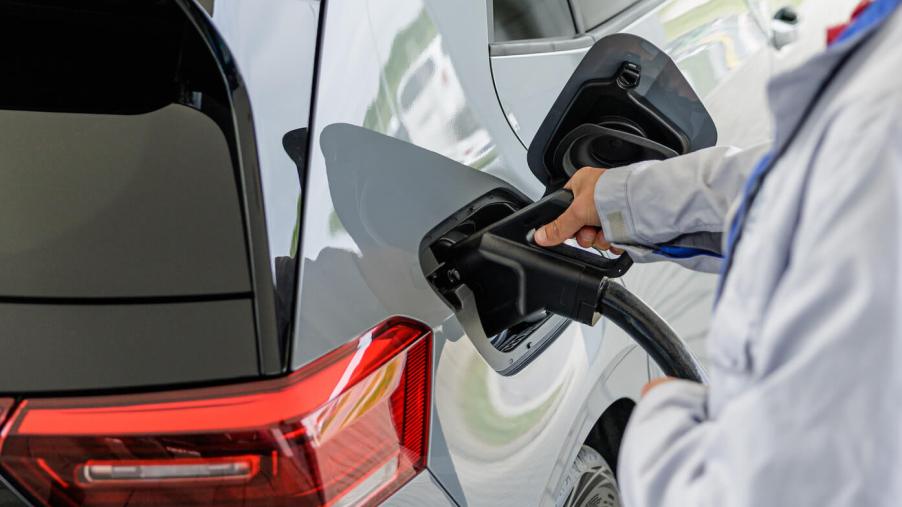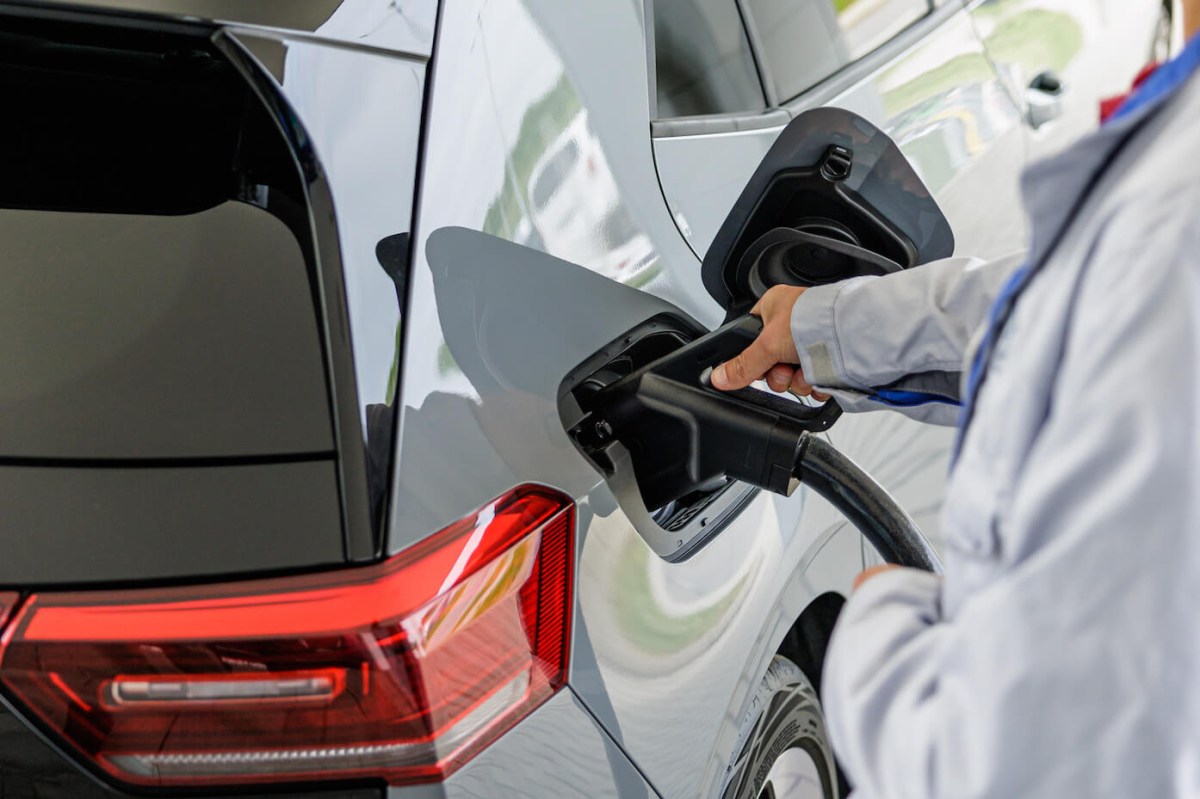
These States Aren’t Too Far Behind in EV Charging Infrastructure
The drive into the automotive industry’s electrified future is in full swing, with mandates, emissions regulations, and consumer demand leading to scores of new EVs being introduced and a horde to come in the years ahead. While automakers and many consumers are all-in on all-electric, the charging infrastructure in the U.S. needed to keep pace. So far, the electrification of the automotive industry simply isn’t keeping pace. Still, it’s far easier to find a charging station in some states versus others.
California leads the U.S. in EV charging infrastructure

According to Statista, there are just over 138,000 public and private charging outlets for EVs in the United States, and over 44,000 of them — almost one-third — are in California. The Golden State has four times as many chargers as New York, which ranks second behind California in overall outlets, Statista reports. Florida ranks third, and Texas fourth for overall public and private charging outlets.
California’s leading status among charging infrastructure isn’t particularly surprising given that the state has the highest demand for EVs (of course, its large size also helps). Statista reports 17.1 percent of vehicles in the Golden State were BEVs in 2022, and the number of all-electric vehicles on the road in the state is expected to grow to nearly four million by the end of the decade.
Still, the U.S. is far behind other countries’ charging infrastructure. Statista reports China has about 1.76 million public charging stations.
The United States’ charging network needs to expand to keep pace
The automotive industry may be diving head-first into electrification, but not all consumers will be ready to take the plunge until the national, regional, state, and local network of chargers expands.
Though many new-car buyers may be interested in switching to electrification, an understandable concern is their ability to recharge their EVs batteries when the range runs low. While this can be accomplished by purchasing and installing an EV charger in one’s home, that isn’t an option for all, and public chargers are still required when journeys exceed the daily commute. A more robust charging infrastructure, akin to the ease of finding a petrol pump today, could alleviate these worries and lead to more widespread adoption of EVs.
Additionally, a better charging network in the U.S. can help mitigate range anxiety, particularly for one of the country’s most cherished pastimes — the great American road trip.
Most mainstream EVs return about 220 to 300 miles of range on a single charge. Of course, this depends on several factors like driving style, the other car systems used while driving, and even weather. Driving on the highway can also reduce overall range due to the lack of regenerative braking opportunities.
A vast network of chargers, specifically DC fast chargers, is required to give the average American the confidence to tackle a trip of several hundred miles without stopping for hours to re-juice their car’s batteries halfway. For instance, according to the automaker, the 2023 Hyundai Ioniq 5 can recharge its batteries from 10 to 80 percent in just 18 minutes at 800V. Depending on the specific Ioniq 5 model, those 18 minutes can provide up to about 200 miles of range in the time it takes to grab a fast-food lunch.
All states need a better EV charging network
Range anxiety and the struggles of finding an EV charger are somewhat mitigated in states like California, Texas, New York, and Florida, but the full mainstream switch to all-electric cars requires a far vaster network across the country. Until such investments are made at the federal, state, and local levels for a better charging infrastructure, consumers are far less likely to make the switch to electric vehicles.



